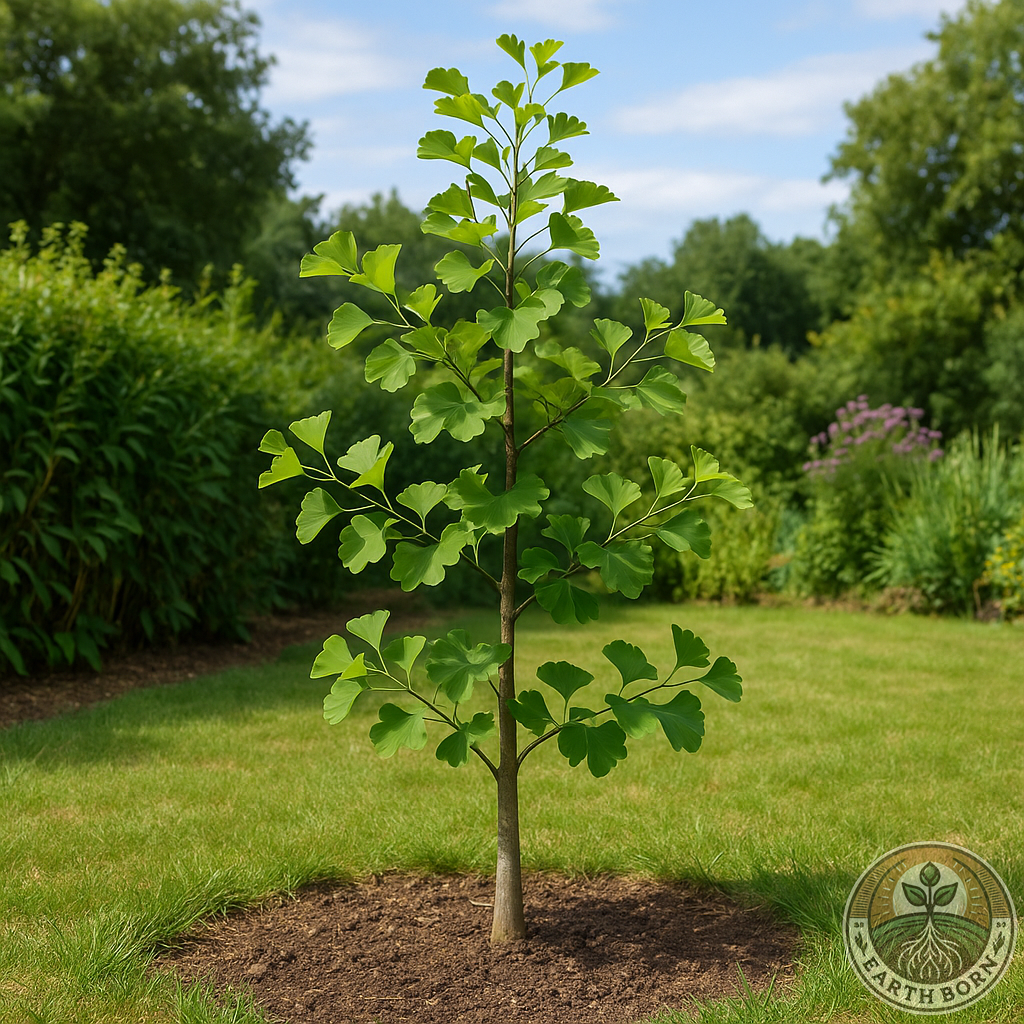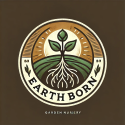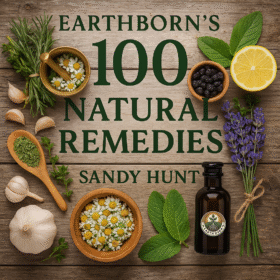
Ginkgo biloba, often called the Maidenhair Tree, Ginkgo, or Fossil Tree, is one of the world’s oldest living species — a botanical time traveler from an era long before the dinosaurs disappeared. Originally from China, this unique deciduous tree brings not only timeless beauty to your garden but also powerful medicinal benefits.
In this guide, we’ll show you how to grow, care for, and harvest Ginkgo biloba in South Africa, and how to use it in natural remedies like teas and tinctures.
💊 Medicinal Benefits of Ginkgo Biloba
Ginkgo biloba is treasured for its remarkable health benefits. Scientific studies suggest it may:
- Improve memory and cognitive function
- Help manage anxiety and depression
- Support vision and eye health
- Enhance blood circulation
- Provide anti-inflammatory and antioxidant effects
These benefits are linked to its rich content of flavonoids, terpenoids, ginkgolides, and bilobalide.
⚠️ Important: Some people may experience side effects like headaches, dizziness, or digestive upset. Always consult a healthcare professional before using Ginkgo medicinally, especially if you are on blood thinners or other medication.
📅 When to Plant Ginkgo in South Africa
Plant your Ginkgo biloba trees in early to mid-spring (September to November). The warmer soil and longer days help young trees establish healthy root systems before facing the heat of summer.
🏡 Where to Plant Ginkgo
Ginkgo trees are best suited for open spaces where they have room to grow. Plant them:
- Directly in the ground (not ideal for containers long-term)
- In an area with good air circulation
- Away from power lines or structures (they can get quite tall!)
☀️ Soil, Water & Sunlight Requirements
| Element | Requirement |
|---|---|
| Soil | Well-draining, fertile loam or sandy soil |
| pH | Slightly acidic to neutral (5.0–7.0) |
| Water | Moderate watering; keep moist but avoid waterlogging |
| Sunlight | Full sun preferred (minimum 4–6 hours daily) |
🌿 Tip: Mulch around the base to help retain soil moisture and regulate temperature.
📏 Spacing and Growth Tips
- Spacing: Allow 6–9 meters (20–30 feet) between trees.
- Height: Ginkgo trees typically grow 15–25 meters tall (around 50–80 feet).
- Spread: Mature canopy spread is 9–12 meters wide.
- Growth Rate: Slow-growing (especially the first few years).
- Transplanting: Move young saplings (2–3 years old) carefully to their final position.
- Pruning: Minimal pruning required, mainly to remove dead or crowded branches.
🌼 Flowers, Fruit & Harvesting
- Flowers: Tiny, inconspicuous greenish flowers appear in spring, with separate male and female trees.
- Fruit: Only female trees produce fruit, which contains seeds but emits a strong odor when fallen. (Tip: Plant male trees if you want to avoid the smell!)
- Harvesting Leaves:
- Wait until the tree is 5–10 years old.
- Harvest leaves in early autumn, just before they turn yellow.
- Dry leaves in a cool, dark place to preserve their medicinal compounds.
🍵 How to Use Ginkgo Medicinally
After harvesting and drying the leaves, you can prepare Ginkgo in various ways:
- Tea:
Steep 1–2 teaspoons of dried Ginkgo leaves in hot water for 5–7 minutes. Strain and drink once cooled slightly. - Tincture:
Soak dried leaves in 40% alcohol (like vodka) for 4–6 weeks, shaking daily. Strain and store in a dark glass bottle. Use a few drops diluted in water. - Capsules or Powders:
Commercial preparations often use powdered leaf extract for more standardized dosages.
🌱 Note: Only use Ginkgo leaves for medicinal purposes — not the seeds, which can be toxic if eaten raw.
🦋 Companion Plants and Common Pests
- Companion Plants:
Ginkgo grows happily alongside other hardy trees like oak, maple, and ash. - Common Pests:
Generally pest-resistant! Occasionally, you might spot:- Aphids
- Scale insects
- Ginkgo gall mites
Ginkgo’s natural resilience makes it a low-maintenance choice for organic and permaculture gardens.
🎉 Fun Fact!
Ginkgo biloba is often called a “living fossil” because it has remained almost unchanged for over 270 million years — even surviving the mass extinction events that wiped out dinosaurs!
📣 Summary
Ginkgo biloba is more than just a stunning tree — it’s a living link to Earth’s ancient past and a natural ally for cognitive and circulatory health. With a bit of patience and the right care, you can enjoy its graceful beauty and powerful medicinal gifts for generations to come.
#EarthBornGrower #GinkgoBiloba #LivingFossil #MedicinalPlants #SouthAfricaGardening


 **Meet Sprout!** Sprout is your friendly gardening companion at Earthborn, always ready with helpful advice on plant care, medicinal herbs, and natural gardening solutions. From seedling to harvest, Sprout provides expert guidance to nurture your garden and your well-being—making gardening easy, fun, and naturally rewarding.
**Meet Sprout!** Sprout is your friendly gardening companion at Earthborn, always ready with helpful advice on plant care, medicinal herbs, and natural gardening solutions. From seedling to harvest, Sprout provides expert guidance to nurture your garden and your well-being—making gardening easy, fun, and naturally rewarding.

[…] 📣 Ready to grow your own Ginkgo tree and harvest your own medicinal leaves?🌱 Follow our growers guide […]